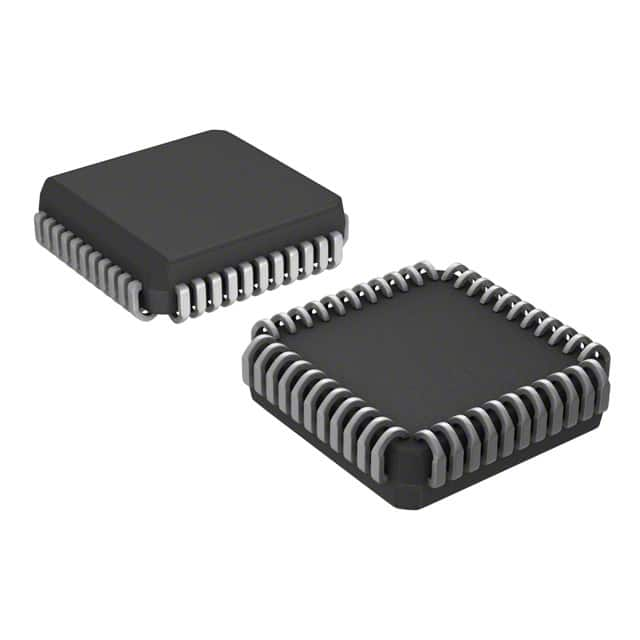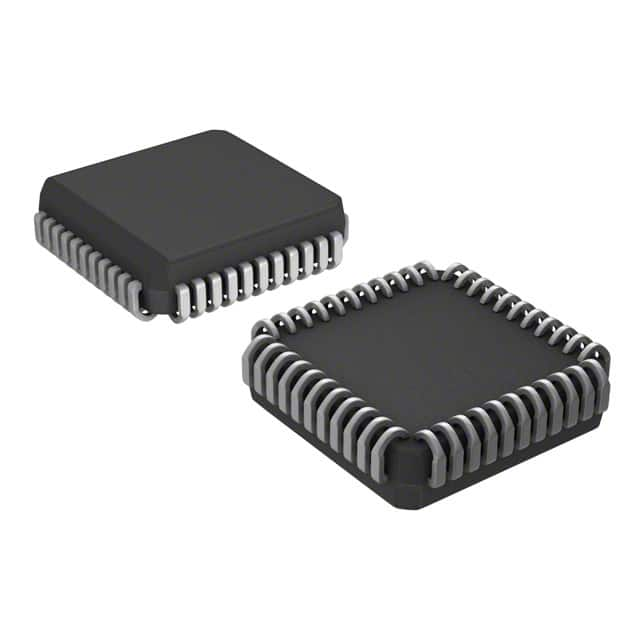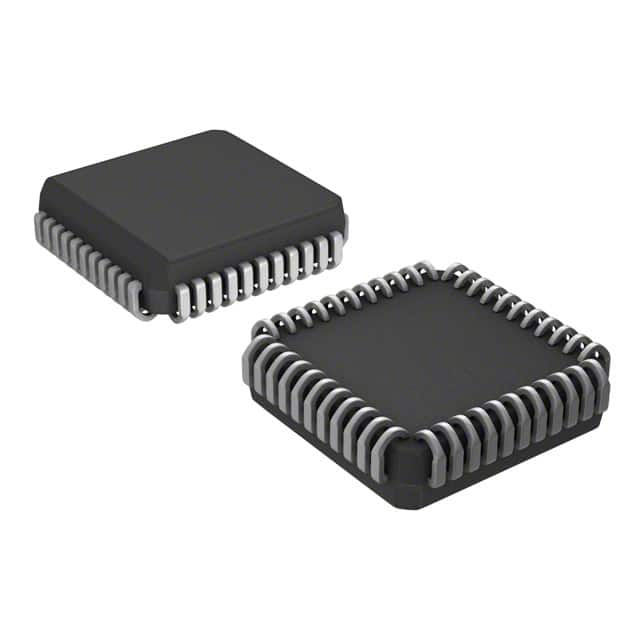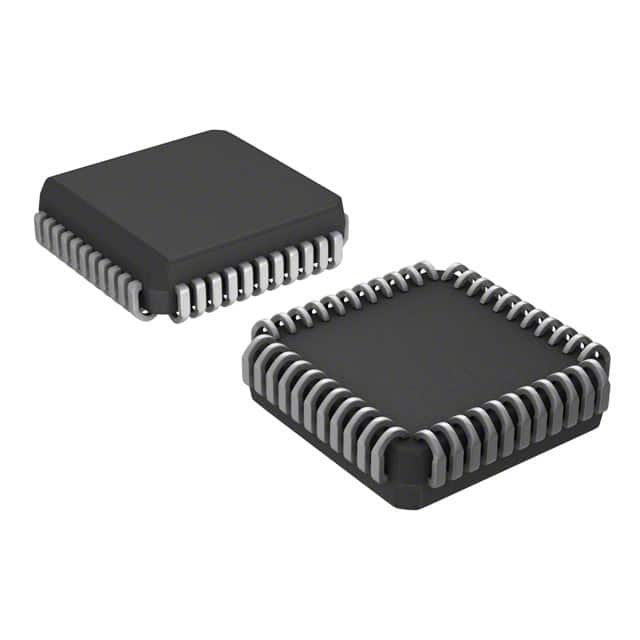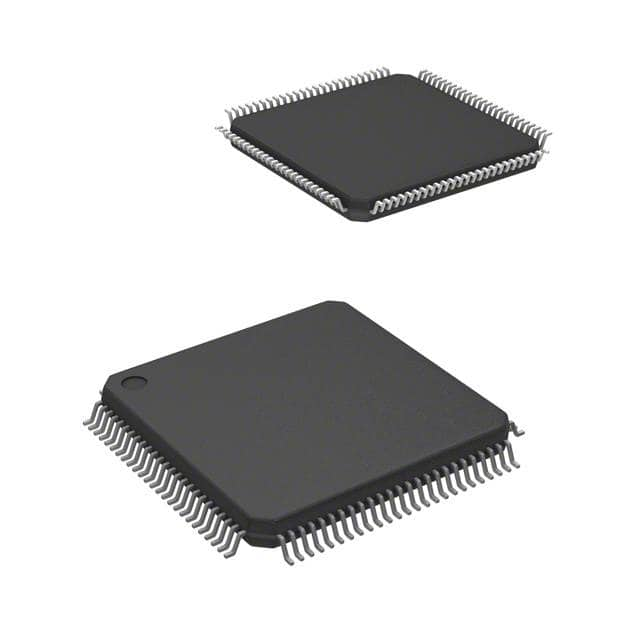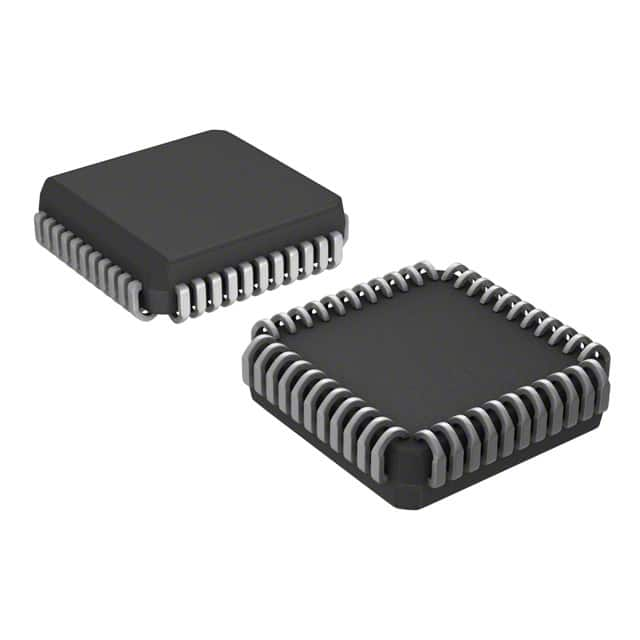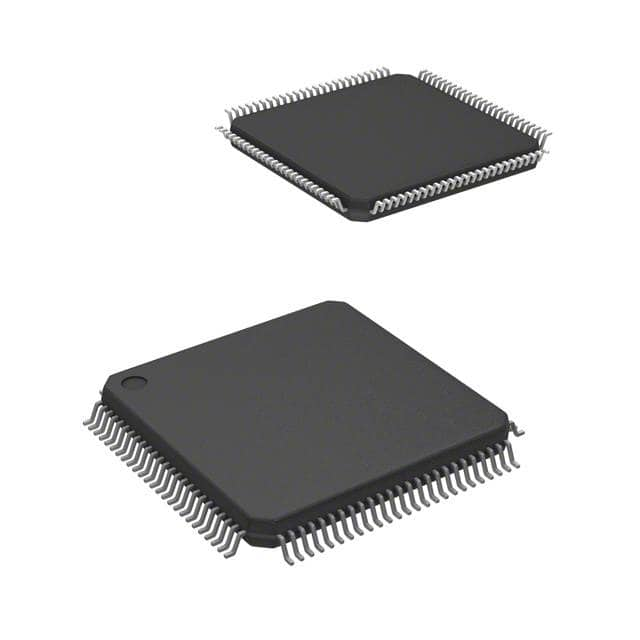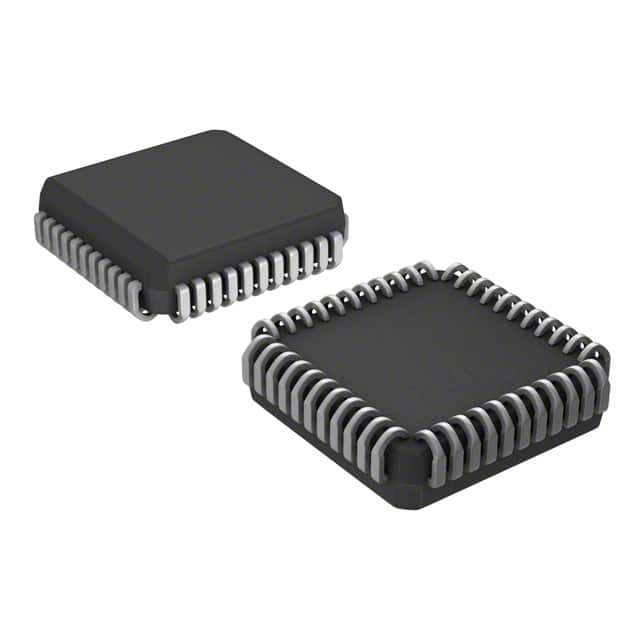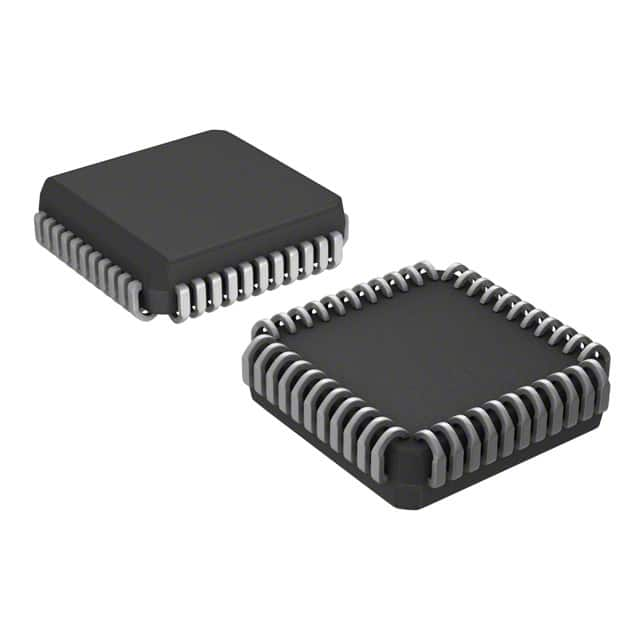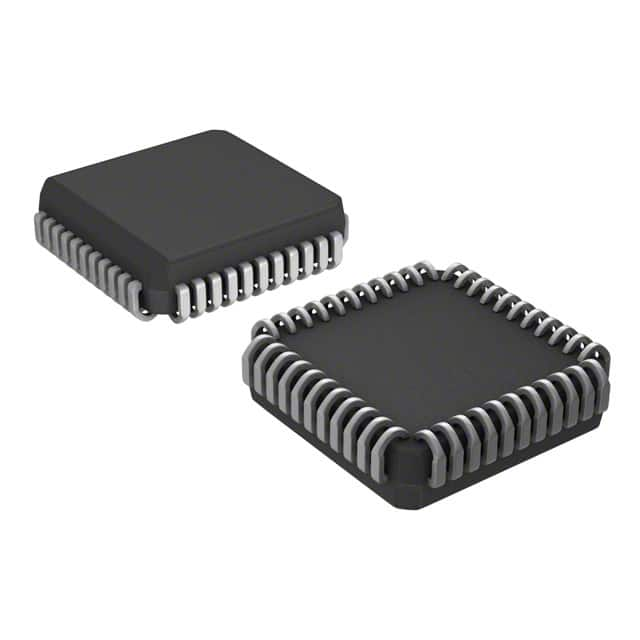How a programmable gate array (FPGA) works, its architecture, and how to program it
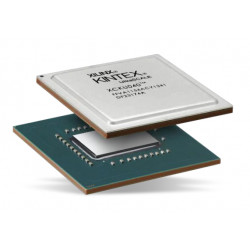
How a programmable gate array (FPGA) works, its architecture, and how to program it
Programmable Gate Array (FPGA, Field-Programmable Gate Array) is an integrated circuit that designers can program according to their needs after purchase. It includes a series of logic blocks and reconfigurable interconnections that allow designers to customize specific logic functions, data paths, or other specific circuit functions at the hardware level.
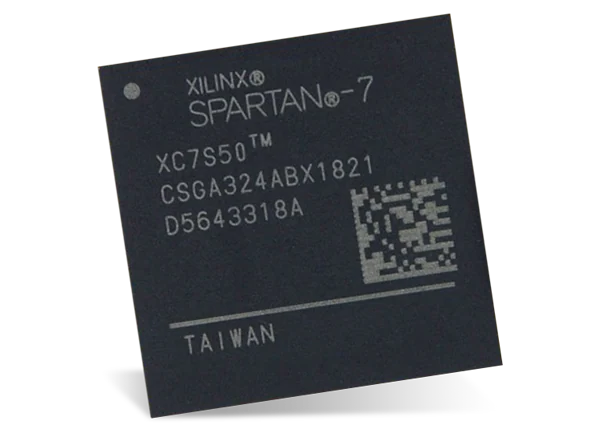
Here are some key features about FPGAs:
Flexibility: FPGAs can be reprogrammed to implement different logic functions. This makes them especially useful in the early stages of prototyping and testing.
Parallelism: Unlike traditional microprocessors, which execute sequentially, FPGAs can process multiple tasks in parallel, making them especially suitable for applications that require a high degree of parallel processing, such as digital signal processing or image processing.
Time to market: FPGAs offer a faster path from design to prototype to product implementation compared to traditional ASICs (Application Specific Integrated Circuits).
Long-term adaptability: Due to their reprogrammable nature, FPGAs can easily adapt to new standards and technologies.
Cost: For low-volume production, FPGAs are often more economical than custom ASICs because of the high upfront development and manufacturing costs of ASICs. However, for mass production, ASICs may be cheaper, as their cost per unit decreases as production volumes increase.
FPGAs are used in many fields, including communications, video processing, encryption, automotive electronics, and many more. As technology develops, FPGAs are increasing in complexity and capacity, enabling them to implement more complex functions and applications.
FPGA working principle, architecture, application fields, and those well-known manufacturers
What is an FPGA ? | How to program FPGA Board? | Introduction to FPGA | FPGA Tutorials
How FPGAs Work
FPGA (Field-Programmable Gate Array, Field Programmable Gate Array) is an integrated circuit, which can be programmed by users after purchase to realize specific logic functions.
FPGA contains a large number of programmable logic units (Programmable Logic Blocks, PLBs) and programmable interconnect resources. Users can define the connection between logic units through programming, so as to realize the required logic function.
FPGAs are usually programmed using a hardware description language (HDL), such as VHDL or Verilog. Users describe the desired logic functions in these languages, and then use specific software tools to convert these descriptions into binary files for the FPGA hardware configuration. This file can then be downloaded to the FPGA to program it.
FPGA architecture
FPGA is mainly composed of the following components:
Programmable logic cells (PLBs): They can implement basic logic functions such as AND, OR, and NOT.
Programmable Interconnect: Allows connection and communication between PLBs.
I/O Blocks: Provides an interface to the outside world.
Embedded memory and processor: Some high-end FPGAs also include memory and embedded processor cores to support more complex applications.
Applications of FPGAs
Due to their flexibility and programmability, FPGAs have a wide range of applications in many fields, including:
Digital signal processing: such as filtering, FFT, etc.
Communication: such as wireless base stations, network switching and routing, etc.
Video processing: video codec, image processing, etc.
High Performance Computing: Using FPGAs to accelerate specific algorithms or tasks.
Embedded Systems: In many embedded applications, FPGAs are used as secondary processors or logic controllers.
Automotive and industrial automation: for control and sensor data processing.
Biomedical: such as DNA sequencing and medical imaging.
Well-known manufacturers of FPGA
Xilinx: is the pioneer and largest manufacturer in the FPGA field.
Altera (now part of Intel): Also a major FPGA manufacturer.
Lattice Semiconductor: Mainly produces low-power and miniaturized FPGAs.
Microsemi (now part of Microchip Technology): Produces FPGAs primarily for the aerospace and military markets.
Each of these manufacturers has a different FPGA family to meet different needs from low-end to high-end.
What needs to be added here is that Jinftry has obvious price and channel advantages in the supply of FPGA chips among its peers. Have multiple models in stock at the same time, such as:
XC9536XL-5PCG44C , XC7VX690T-2FFG1157I , XC3SD1800A-4FGG676C , XC7K325T-1FFG676I , XQ7VX690T-2RF1761I , XC6SLX100-3CSG484I , XC7VX690T-2FFG1158C ,
EPM7064STC44-7 ,EPM7032BTI44-5 ,EPM7032BLC44-3 ,EPM7032STC44-7 ,10AS016E3F27E2LG ,10AS022C3U19I2SG , 10AS027H1F35I1SG ,10AS057K2F35E2SG ,
10AS057K3F40E2SG ...etc. series are sold at JINFTRY.COM

How to Program FPGAs
FPGA (Field-Programmable Gate Array) is a programmable logic device, usually used to implement digital circuits. The process of programming an FPGA typically involves describing the hardware logic and then using tools to translate the description into a configuration of logic elements on the FPGA. The following are the general steps for programming an FPGA:
Select development language:
Hardware Description Language (HDL): VHDL and Verilog are two of the most commonly used hardware description languages. You need to pick a language and learn its basics in order to start describing the required hardware logic.
design:
Describe your digital system using HDL. This could be a simple combination of logic gates or a complex processor system.
simulation:
Before downloading a design to an FPGA, simulation is often required to verify its functionality.
Use simulation tools such as ModelSim to test and verify that your design works as expected.
synthesis:
Convert your HDL code into a netlist using a synthesis tool such as Xilinx's Vivado or Altera's Quartus.
Synthesis tools generate a file that describes how to implement your design on the FPGA.
Placement and routing:
Use place and route tools that map the synthesized netlist to specific resources on the FPGA.
This step is usually performed together with the synthesis step and is done by the same tool (such as Vivado or Quartus).
Generate bitstream:
Based on the placement and routing results, the tool will generate a bitstream file. This file is used to "program" or "configure" the FPGA.
Download to FPGA:
Download the bitstream file to the FPGA using appropriate hardware (such as a JTAG download cable) and download tool.
In this way, the FPGA is configured to execute your design.
Test and Validation:
Run your design on the FPGA and test it out in action. Verify that your design functions as it does in simulation on real hardware.
iterations:
Depending on the test results, it may be necessary to go back to the design or simulation stages for modification and optimization.
To program FPGAs, you need a set of development tools for your chosen FPGA vendor (eg, Xilinx, Altera/Intel, Lattice, etc.). These kits usually contain the tools needed for all the steps above.
This is just a high-level overview, there are many details and tricks to pay attention to every step of the way.
edit author:
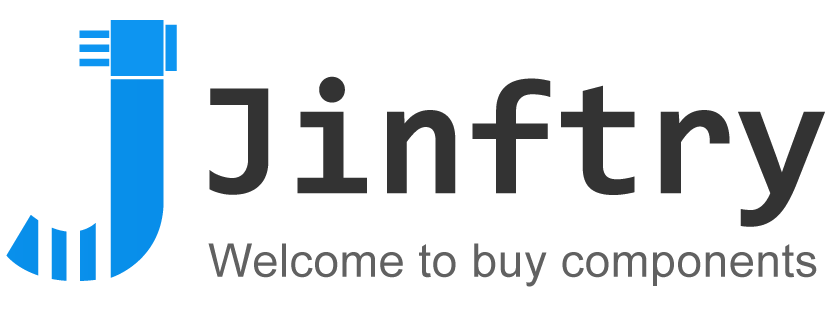
Jinftry(Hong Kong registered company name: JING FU CAI (HONGKONG) INTERNATIONAL CO., LIMITED) was established in 2013, headquartered in Hong Kong, China, with a branch in Shenzhen, China. It is a global supplier of electronic components and a well-known and competitive electronic product distributor in Asia. Is also an excellent strategic partner of global ODM/OEM/EMS, able to quickly find authentic and traceable electronic components for customers to purchase.

